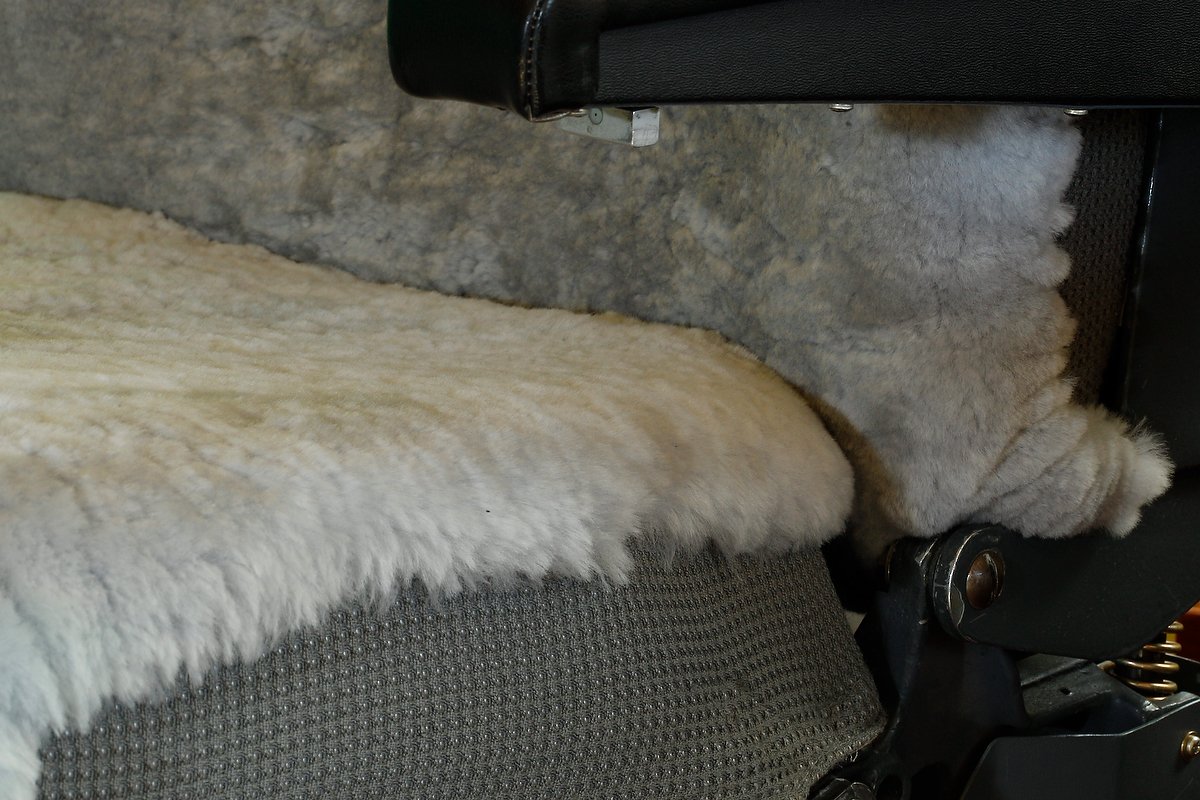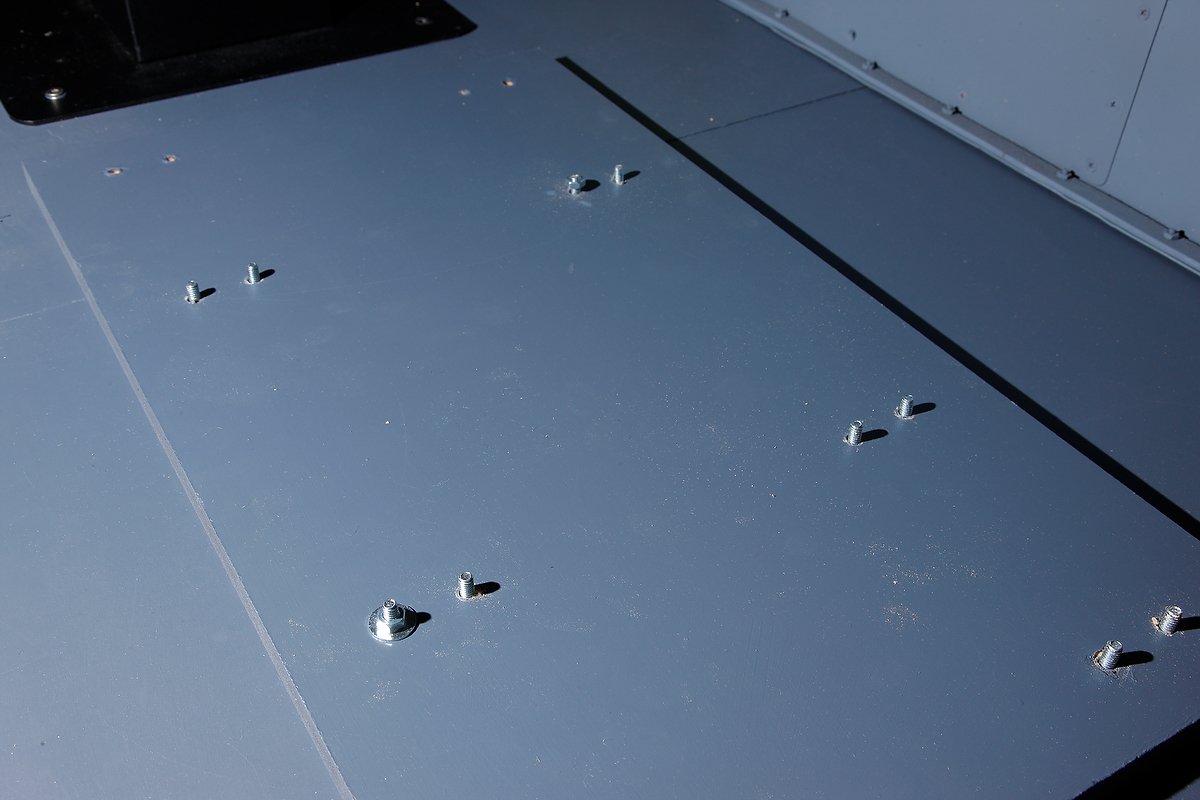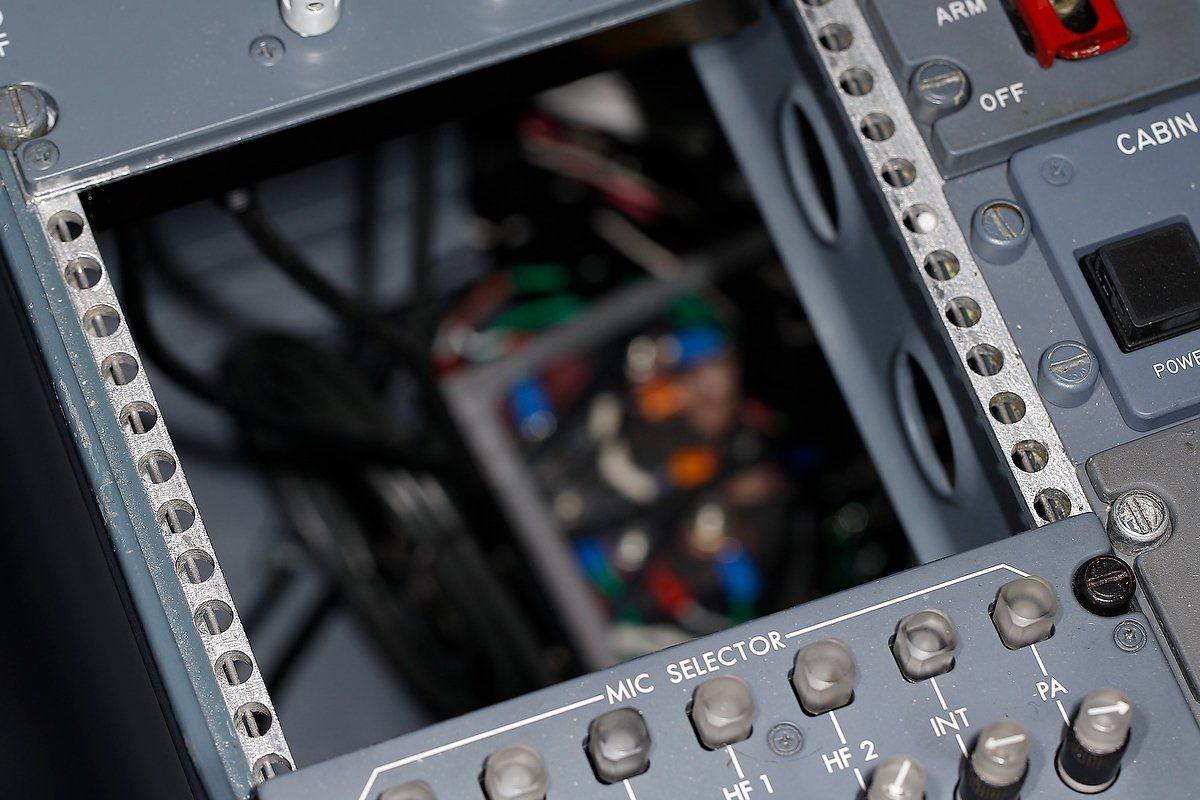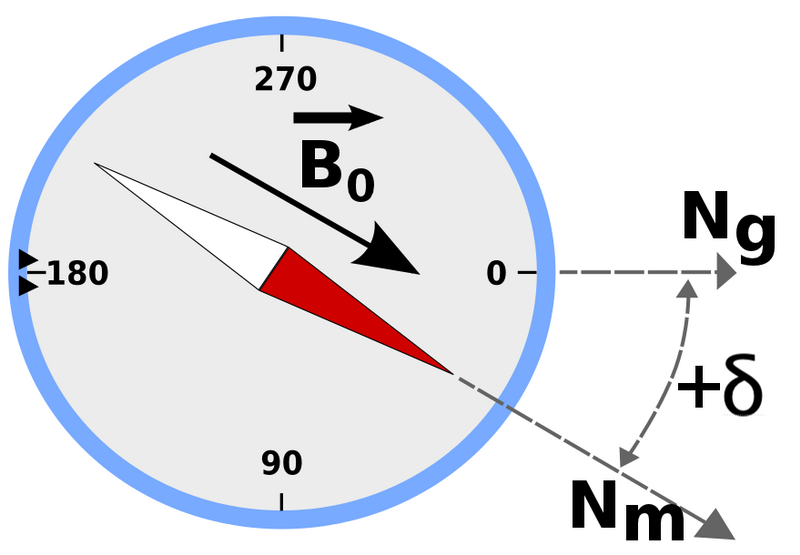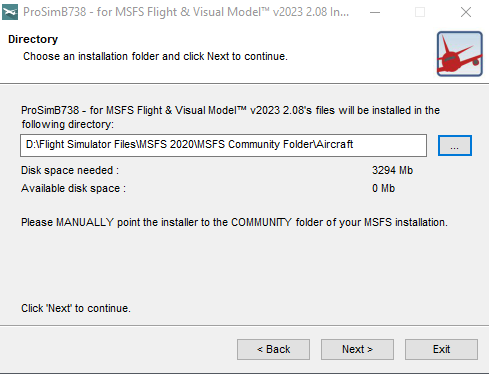Converting Genuine B737 Audio Control Panels (ACPs)
/oem 737-400 ACP. this will be a filler until two next generation ACPs are found
I have looked at several commercially made Audio Control Panels that are available for connection to flight simulator – I did not like any of them. They all seemed to lack a certain degree of authenticity, whether it was the LED backlighting rather than bulbs, poorly designed and moulded switches, or out of alignment cheap-looking plastic buttons. The only ACP units that interested me where those produced by Flight Deck Solutions, however, the price for two units was greater than purchasing two genuine second-hand ACP units.
What is an ACP
ACP stands for Audio Control Panel and the B737 has three units; one in the aft overhead and two (captain & first officer) in the center pedestal. Each panel controls an independent crew station audio system and allows the crew member to select the desired radios, navigation aids, interphones, and PA systems for monitoring and transmission. Receiver switches select the systems to be monitored. Any combination of systems may be selected. Receiver switches also control the volume for the headset and speaker at the related crew stations. Audio from each ACP is monitored using a headset/headphones or the related pilot’s speaker.
Simply, the ACP is a glorified sound mixer.
Finding second-hand ACP units from a B737-800NG is next to impossible, so the next best thing are units removed classic series 737s. The units I am using were manufactured by Gables Engineering in 2004 and have been removed from a B737-500. It is unlikely that ACP units from an earlier series aircraft would be used in the NG, as the NG ACP unit design is different. But, for a home-made simulator the use of older ACP units fulfils the same roll and is a very good stop-gap until a OEM NG panel can be procured.
When you begin to search for ACP units, you will discover there are a large number of different designs available. The design can be correlated to the era of the unit. Earlier units used sliders and turn dials while later models utilised push buttons. Many of the slider-style units were used in 727s.
To view photographs of various units visit the ACP Photo Gallery.
Conversion of ACP Unit to Flight Simulator - Several Methods
It is difficult to document exactly how a conversion is done. There are many variables to consider and genuine parts and flight simulator set-ups can be different. By far the most challenging task is determining which wire from the 55 pin plug controls which ACP function.
oem 737-400 ACP unit with outer shell removed. Most of this will be removed with the exception of the switches. The wiring can be removed and replaced or unraveled and used directly
Removing Unwanted Wiring
You can either start afresh and after removing the outer aluminium casing, strip most of the wiring from the unit, along with discarding unwanted solenoids, relays and the large circular 55 pin plug at the rear of the unit; or keep the wiring and 55 pin plug and attempt to determine which wire goes where and and connects with what function.
When finished removing much of the unwanted interior you will be left an almost empty container and some hardware and electrical circuits (buttons and switches). Most of the switches are triple push switches and you must be careful to not damage the internal mechanism of these switches.
Which Wire Goes Where and Connections
There are two ways to convert the unit: The first is to use existing wiring and determine which wire goes to what button/switch to reflect whatever functionality; this can be a time-consuming, challenging and frustrating task. Once the wire to a function has been found, you must identify the wire with a flat tab or other physical marking device. Each wire is then directed to an interface card.
The second method is a little easier. Remove all the wires are rewire the unit. This way there is no double-guessing that you have the correct wire.
If you have opted for the slightly easier second method of removing all the wiring from the unit and starting afresh, you can now recycle the same wire and solder the wires to the appropriate switches. Recycling in motion :)
Determining Functionality
One method to determine functionality is to use a digital multi meter. Set the meter to either continuity or resistance, select a wire connected to a switch and place the probe at the open end of the wire. Identifying the correct wire/switch will cause the meter to either emit an audible beep or display a resistance on the display. This is the wire that connects this function.
Once the wires have been identified and connected to the correct hardware switches within the ACP unit, they are then connected to an interface card. I have used a Leo Bodnar BU0836X card which has available a large number of inputs and outputs.
The Leo Bodnar card provides the interface between the ACP units and flight simulator.
To keep the wiring tidy, bundle the wires into a wiring lumen terminating in a solid plug / connector. In my case I've used a standard style 18 pin computer connector.
It is important to use a plug, rather direct the wires directly to the interface card, as you may wish to remove the ACP units at some stage. A plug allows easy removal and connection.
Leo Bodnar card and two wire rails connected to acyclic board. The vertically mounted wire rail provides a strong support from which to solder the wires. The two computer plugs connect to the rear of each ACP unit. The other small blue coloured card is an FDS power connection card used to daisy chain 5 Volt power to the FDS modules I am using
Wiring Harness, Rail and Backlighting
A wiring harness was constructed to facilitate easier connection of the wires from the ACP units to the interface card. The harness and Leo Bodnar card is attached to a thick piece of acrylic plastic which in turn was mounted to a piece of wood that fits snugly within the center pedestal.
Wire Rail
Each ACP unit has a dedicated 'wire rail' attached to an acrylic plastic base. The purpose of this rail is to provide an interface between the ACP units and the Leo Bodnar card. Whilst this interface is not absolutely necessary, it does allow for identification of the wires (numbering system seen in photograph above). Furthermore, it also provides a stable and solid base to secure wires between the interface card and each of the ACP units.
It should be noted that the rail also acts as a Y-junction to filter the outputs from two ACP units into one, which connects to the interface card and flight simulator.
The wires from the rail are then soldered to a standard style computer plug which connects to its male equivalent mounted to the rear of each ACP unit. In essence we have three parts to the system:
A re-wired ACP unit with wires terminating in a plug on the rear of the unit.
A wire rail which sits between the two ACP units and the interface card (Y-junction).
An interface card that connect with the wire rail and then to flight simulator via a USB cable.
Soft amber glow of ACP unit back lighting at night. The light plates of genuine units always use globes rather than LED lights. Power is 5 Volts DC and the amperage draw is around 1 AMP
Backlighting
The wires which carry power to illuminate the back lighting are wired directly from the light plates located in each ACP unit to a small electrical terminal block mounted to the rear of the unit. The power wire is then directed to the panel light switch, located on the center pedestal.
The panel light switch, located on the center pedestal, controls back-lighting to the throttle quadrant, center pedestal and to the trip indicators on the yokes. The reason for breaking this power wire with a two-wire terminal block is to allow removal of the ACP unit if necessary. If you wanted to, you could use a pencil style audio push-in style plug.
A single USB cable from the Leo Bodnar card connects the ACP units to the main FS computer.
Synchronised Units - Limiting FSX Factor
In a real aircraft each ACP unit is separate to each other and can be configured independently, however, flight simulator (FSX) falls short in this area and uses only one ACP unit to mimic button presses across all units. As such, it was pointless to wire each unit separately and independent of each other. Therefore, both ACP units mimic each other in functionality and output.
For example, the ADF1 button can be pressed on the captain-side ACP unit to turn ADF1 on. If you then press the same button on the flight officer side unit, ADF1 will be turned off. This is another reason why a wire rail, mentioned above, was used; to act as a Y-junction.
NOTE (January 2015): ProSim737 now allows configuration of all buttons on the Captain and First Officer ACP units. ProSim737 now allows independent selection of an ACP unit (up to three) removing the earlier FSX-imposed limiting factor. Both units have been re-wired to take this into account.
Converted ACP unit showing replacement wiring and 18 pin computer style plug. The circular hole in the rear below the plug is where the 55 pin plug was removed
Control - Captain or First Officer
Some enthusiasts wire units so that the Captain side is always the main controlling unit. In my set-up, the wires from each ACP unit are fixed to the 'wire rail' and then to the Leo Bodnar card. This allows you to be able to choice either side as the controlling unit. The downfall being that whatever side is not in control must have the correct buttons pre-selected for correct operation.
Ingenious Design
One very interesting aspect of the ACP units is how Gables Manufacturing has designed the buttons to illuminate light when activated. I initially thought that each button would have a separate bulb; however, this is incorrect. The light which illuminates a button when engaged, comes directly from a number of strategically positioned bulbs. An ingenious design incorporates a small reflector dish similar to an old style camera flash unit, to stop light reaching the button when it is in the unengaged position. Engaging the button moves the dish into alignment which reflects back light into the button’s clear acrylic interior.
Although an ingenious design, you must be very careful if handling a button to ensure that the reflector, which is positioned between the base of the button and light plate, does not 'bounce' away to be lost.
Configuring Functionality
Configuring ACP functionality, once the wiring is correctly connected, is straightforward and can either be done directly through the control panel in FSX, through FSUIPC or directly from within ProSim737.
The pencil-style and square-type buttons of each ACP unit allow quite a bit of functionality to be programmed when using FSUIPC. Not every ACP feature, used in a real aircraft is replicated in flight simulator; therefore, those buttons not used for essential audio functions can be used for other customised functions.
The most important functions (in my opinion) to have working are the indents for: VHF, NAV 1/2, ADF 1/2, MRKS (markers) and DME. COM 1/2 transmit buttons can also be configured easily in FSUPIC to use when flying on VATSIM or IVAO.
I have not configured the audio (volume) on the pencil-style buttons; however, it may be possible to configure these at some later stage using a separate sound card. I believe the potentiometers range from 11.90 - 12.00 K Ohms.
Aesthetics
I think you will agree that the OEM ACP units, even if not NG style, look much better than replicated modules – even if they are not the latest NG style: the genuine buttons and switches, the soft amber glow of real Boeing back-lighting, and the substantial build of the units generate a high level of immersion.
NG Style ACP Units
The units are not NG style, however, as New Generation parts come on-line, I will replace these units with the more modern style. it iss just a matter of waiting for 600 and 700 series units to become available.
I've compiled a short video using Ken Burns effect.
737-500 ACP conversion (Ken Burns effect)
POST SCRIPT - An Easier Method: Schematics to ACP Units and 55 Pin Outs
At the time of my conversion, I did not have available a schematic showing the pin outs for the ACP unit. This meant any conversion had to be done from scratch (as documented above).
I now am in possession of the ACP schematic diagram, which includes a pin out diagram indicating what function each pin of the available 55 pins on the rear plug connects to.
diagram !: standard 55 pin plug found on Gables ACP units
If another conversion is required, the wiring will be a lot simpler as the wires will not need to be striped from the unit and re-done. All that will be needed is to attach wires from the Leo Bodnar card directly to the 55 pin electrical plug already mounted on the rear of each ACP unit (I have been reliably informed, that thin 1mm copper pipes obtainable from modelling supplies fit perfectly), and connect the light plates to a 5 Volt DC power source.
Minor Complications
At first, using the 55 pin plug appears to be an easy method of conversion, however, there is a minor set-back. The COM radio cannot be connected; it is probable that on the real aircraft the MIC selectors are routed via onboard amplifiers rather than via the plug. Therefore, if these functions are required, they will need to be converted by rewiring and connecting to a accessory plug of some type (as has been done documented in the first section of this post).
Do Not Reinvent The Wheel - Canon Plugs
It is important to always try and convert any OEM part using the Canon plugs and pin outs before rewiring any part. Gables have already done an excellent job wiring the panel internally, so why not utilise this wiring by using the existing Canon plug system.
This ACP panel is the only panel that has been converted this way in the simulator. It was the first panel that was converted and at the time I did not understand the Canon plug concept in its entirety. All other panels have been converted using the existing plug system avoiding rewiring the unit.
Update
on 2020-07-05 01:50 by FLAPS 2 APPROACH
One minor problem observed using the standard Leo Bodnar interface card, is that the connection of the wires into the card kept working their way loose, resulting in a break in the connection. This problem identified itself by giving incorrect button designations on the ACP units. No matter how hard I pushed the wires into the holders on the card, the wires eventually worked their way out a tad.
To solve this issue, I replaced the BUO836X card with the Leo Bodnar BBI-32 Button Box card. The BB1-32 card allows the wires to be soldered in place.
Update
on 2015-07-30 06:20 by FLAPS 2 APPROACH
Following on with converting as many units to be 'plug and play', the ACP units were once again revamped to allow the Leo Bodnar card to be installed inside the Captain-side unit.
Captain-side master ACP showing reworked connectors. One straight-through cable connects between the master and the F/O ACP (slave) while the other cable connects with its mate inside the pedestal bay. The USB cable connects with a USB hub located in the pedestal. If I was converting the ACP units again, I would definitely use Canon plugs
The Captain-side ACP is the 'command' unit and the F/O ACP units acts as a 'slave'. A straight-through cable connects both units via D-sub plugs (the computer-style terminal plugs were removed). A single USB cable connects the Captain-side ACP to the computer.
Further, the limiting aspect of having to have the F/O side activated to allow functionality to occur on the Captain side has been removed. Historically, FSX has only allowed the ACP units to operate from the Captain side. ProSim737 enables operation of three ACP units, so this limiting factor is now removed. Each button on both ACP units has been wired to allow separate control.
The benefit of installing the joystick card inside the unit is it removes the large amount of wiring that previously used valuable real estate space within the center pedestal.
Update
on 2022-05-09 12:26 by FLAPS 2 APPROACH
This conversion was completed sometime ago (2014-15). Today (2020) there are more efficient and easier ways to convert the ACP units that do not require the unit to be completed gutted. Certainly, the outcome is identical, but the method different.
If converting another ACP unit, I would not use the method documented above.
















